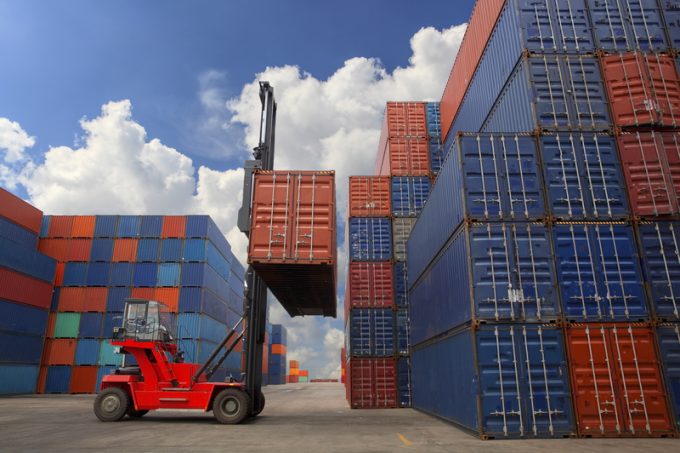Analysis: Hong Kong port – you can't beat 'em, so join 'em
Beijing rules

Freight forwarders in Thailand are preparing for a busy peak season for ocean shipments.
According to Sam Loke, managing director of Pan Asia Logistics (Thailand), the market will soon start ramping-up.
“Late August onward you start to feel the crunch in terms of space constraints on certain lanes,” he told The Loadstar.
“In Thailand, capacity is always short during the peak period. With Christmas coming, certain lanes become full and this cycle never changes, unfortunately, because buyers don’t want to stock up earlier. It’s just something we have to manage.”
As a result, he said, freight rates are “jacked up”, but he added that, overall, market prices were “reasonable”, even if a little higher than two years ago.
“That was really when sea freight capacity was over-the-top and carriers were slashing prices. The market is now trying to recalibrate itself after all the consolidation,” Mr Loke said.
Founded in Singapore, Pan Asia Logistics has deep roots in the automotive industry, serving the big European car brands and engineering firms. In January, its forwarding and contract logistics units were acquired by another Singapore-based logistics player, TVS Asianics, which specialises in auto, electronics and pharma and now has 45 operating locations across 15 countries in Asia.
In Thailand, where a large majority of Pan Asia’s business is ocean freight, Mr Loke said the company was diversifying into the robust consumer goods market as a buffer against the turbulent conditions in automotive logistics.
“The export market is pretty rosy for Thailand right now,” he explained. “There are a lot of consumer brands making drinks and packaged foods, delivering mostly to Asia Pacific, and these products nearly always tend to sell well, whereas automotive exports can be up and down, due to cyclical global demand.”
Thailand’s buoyant export market is reflected through the strong performance of Laem Chabang port, which has seen double-digit gains in recent years.
In June, terminal operator Hutchison Ports significantly expanded port capacity with the opening of Terminal D, which opens up the possibility of the first 14,000 teu vessel calls at Laem Chabang, a 40% increase on the previous limit.
However, for Mr Loke, streamlining customs procedures is just as important for improving container supply chains.
“You can bring in mega-container ships, but the skill set of the people, the administration and the time taken for customs clearance are equally important, otherwise there are bottlenecks in the overall turnaround time,” he said.
Meanwhile, Thailand’s ocean freight market is yet to significantly benefit from the country’s booming e-commerce sector, ranked the highest in South-east Asia with a market value of US$23.3bn, according to Mr Loke.
“E-commerce is unique, as currently you can see a huge influx of Chinese goods being dumped into Asia and selling very cheaply. But this is all coming in by road and there’s very little ocean freight at the moment.”
One reason for this is the greater customs scrutiny placed on both air and sea freight, Mr Loke said, which sellers are keen to avoid since under-declaring product value is commonplace.
Comment on this article